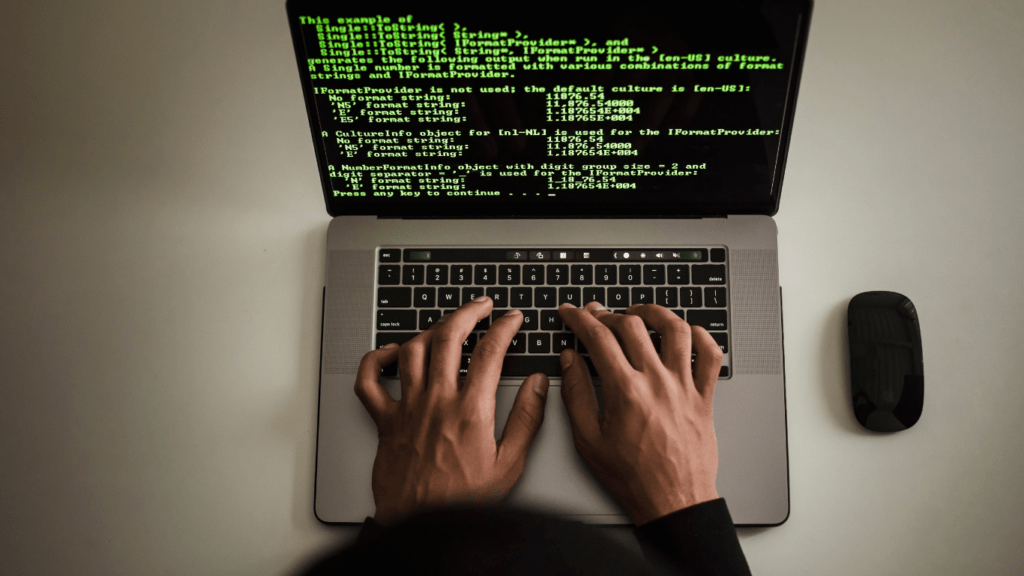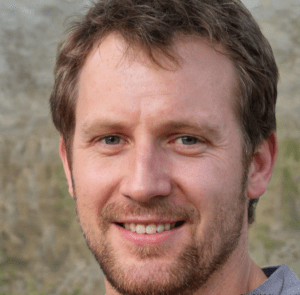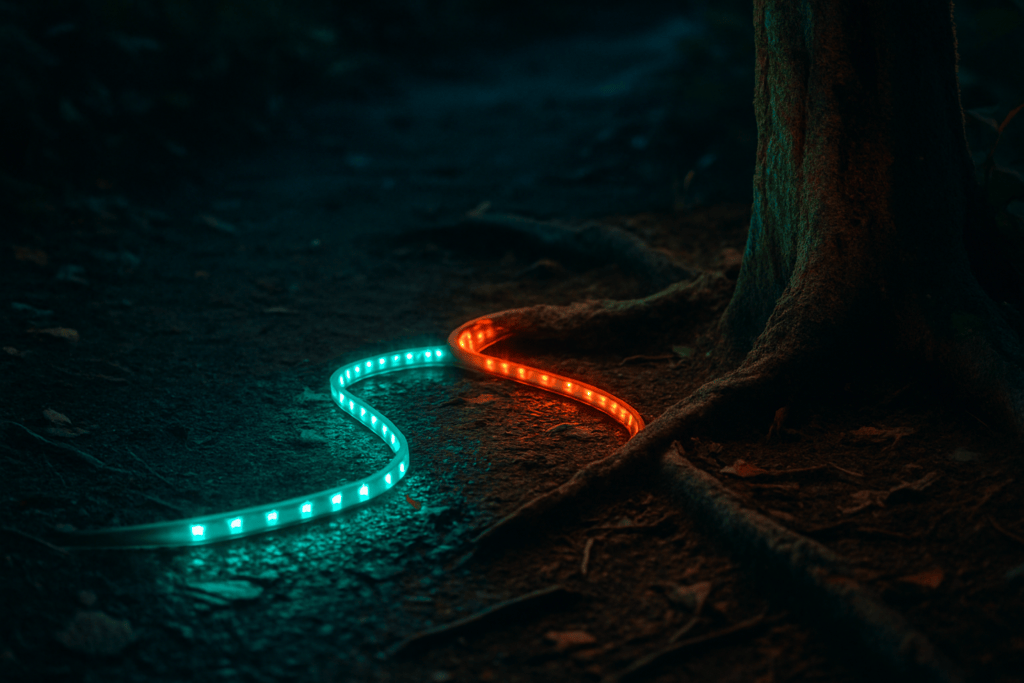Exploring the Role of a Game Developer
Defining the Responsibilities
A game developer combines creativity and technical expertise to bring video games to life.
Core responsibilities include:
- designing
- coding
- testing
- debugging games
for various platforms such as PC, consoles, and mobile.
They collaborate with designers to mold characters, environments, and storylines. While working alongside artists, they ensure that visual assets integrate seamlessly.
My role also involves optimizing game performance, ensuring that gameplay remains smooth even on lower-end devices.
Monitoring and updating live games is another key responsibility.
Developers analyze player feedback to identify issues and improvements.
Engaging in continuous iteration, they release patches and updates to enhance the gaming experience.
In larger teams, I often focus on a specific aspect, such as gameplay mechanics or network coding, ensuring each element meets the highest standards.
Required Skills and Tools
- Game developers must master various programming languages and software tools. Proficiency in languages like C++, Java, and Python is essential.
- Game engines like Unity and Unreal Engine provide the frameworks necessary to develop and render games. I leverage these tools to build interactive and visually appealing experiences.
- Understanding mathematics and physics is crucial for developing realistic game mechanics.
- Strong problem-solving skills enable me to debug and optimize code effectively.
- Version control systems like Git track and manage changes in the codebase, facilitating team collaboration.
- Communication skills also play a significant role. Regular interaction with designers, artists, and other developers ensures that everyone aligns with the project vision.
- Adaptability allows me to stay current with evolving technologies and industry trends, ensuring that each game I work on surpasses player expectations.
Morning Routines: Starting the Day

1. Daily Stand-up Meetings
Daily stand-up meetings kickstart the day for game developers. In these brief morning sessions, team members share updates on their tasks from the previous day and outline what they’ll accomplish today.
An essential aspect of these meetings is identifying any blockers hindering progress.
Typically, each member speaks for about 2-3 minutes, ensuring the meeting remains concise and efficient.
For example, if a developer encounters a coding issue that delays feature implementation, they highlight it here. This practice fosters team alignment and quick problem resolution.
2. Planning and Prioritization
After the stand-up, planning and prioritization take center stage. Developers assess their task lists, ensuring alignment with project milestones.
Tools like
- JIRA
- Trello
help in organizing tasks based on priority.
For instance, critical bug fixes get top priority due to their impact on user experience, while new feature development follows.
Time management is crucial during this phase.
By allocating distinct time blocks for coding, testing, and reviewing, productivity is maximized.
Strategic planning ensures that developers progress methodically, meeting deadlines efficiently and maintaining project momentum.
Development Work: The Core of the Day
Coding and Debugging
Coding forms the backbone of game development. I spend a significant part of my day writing and fine-tuning code to implement game features and mechanics.
Proficiency in languages like C++ and Java, and familiarity with engines like Unity and Unreal Engine, are essential.
My tasks range from coding character movements to developing intricate game systems.
Bug fixing is equally important.
Debugging demands attention to detail and patience. I analyze logs, reproduce issues, and identify the root causes to ensure smooth gameplay. Advanced debugging tools and strategies help streamline this process.
Collaboration and Team Meetings
Team meetings, including brainstorming sessions, are vital for project alignment.
We use these to discuss design ideas, share progress, and talk through challenges. Effective communication ensures everyone is on the same page, enhancing collaboration.
Daily stand-ups, which last about 15 minutes, allow quick updates.
Each team member reports their progress and any blockers they face. This promotes transparency and problem-solving efficiency.
We prioritize tasks using tools like JIRA and Trello, breaking down work into manageable segments for better focus and productivity.
By balancing focused coding with collaborative efforts, I ensure a seamless and engaging game development process.
Creativity and Problem Solving
Designing Game Features
Designing game features requires a blend of creativity and technical precision.
I brainstorm new ideas for gameplay mechanics, characters, and levels, focusing on creating engaging and immersive experiences.
During the design phase, I draft concept documents and sketches to outline the features’ core components.
Collaboration with artists and designers ensures that visual elements align with the envisioned gameplay.
I use design tools like Adobe Illustrator and Photoshop to bring my ideas to life, iterating based on team feedback until we achieve a cohesive vision.
Overcoming Development Challenges
Overcoming development challenges involves innovative problem-solving strategies.
I encounter various technical issues, from bugs in the code to performance bottlenecks, requiring swift and efficient resolutions.
When debugging, I rely on profiling tools and debuggers integrated into IDEs like Visual Studio and Xcode.
Collaborating with other developers, I share insights and gather new approaches to tackle persistent issues.
When faced with design constraints, I think outside the box to find creative solutions that maintain the game’s integrity and player enjoyment.
Adaptive thinking and persistence are crucial in navigating the complex landscape of game development.
End of Day Reflection
Documentation and Reporting
End-of-day reflections involve comprehensive documentation and reporting of daily progress. I log my completed tasks, challenges faced, and strategies used.
Accurate documentation helps maintain a clear development history, essential for future reference. Tools like Confluence and Google Docs streamline this process.
I ensure that code changes are documented in version control systems like GitHub—highlighting improvements, bug fixes, and new features added throughout the day.
These records play a critical role in debugging and collaborative efforts.
Preparing for the Next Day
After documenting, I prepare for the next day. This involves reviewing the current progress, setting new goals, and adjusting priorities as needed.
I update my task lists in project management tools like JIRA or Trello, ensuring they’re aligned with the project’s overall timeline.
Clear objective-setting reduces procrastination and maintains focus. If unresolved issues linger, I note them for priority addressing.
Planning involves outlining steps for upcoming tasks and potential challenges, enabling a seamless transition into the next day’s workflow.


 Charlie Bracegirdle seamlessly combines his passion for gaming with his role at Infinity Game Saga, where he is both a dedicated gamer and a prominent content creator. As an integral member of the team, Charlie brings a wealth of experience and a deep understanding of the gaming industry to his work. His articles and content cover a broad spectrum of gaming topics, from detailed reviews and insightful industry analyses to the latest trends and upcoming releases.
Charlie’s unique perspective, shaped by his own extensive gaming experiences, allows him to engage with readers in a meaningful way. His writing not only informs but also entertains, providing a blend of professional insight and personal enthusiasm. Whether he's exploring new game mechanics, dissecting game strategies, or sharing his thoughts on the future of gaming, Charlie's contributions make a significant impact on the Infinity Game Saga community. Through his work, he bridges the gap between gamers and the evolving landscape of the gaming world, enhancing the experience for all who follow his updates and analyses.
Charlie Bracegirdle seamlessly combines his passion for gaming with his role at Infinity Game Saga, where he is both a dedicated gamer and a prominent content creator. As an integral member of the team, Charlie brings a wealth of experience and a deep understanding of the gaming industry to his work. His articles and content cover a broad spectrum of gaming topics, from detailed reviews and insightful industry analyses to the latest trends and upcoming releases.
Charlie’s unique perspective, shaped by his own extensive gaming experiences, allows him to engage with readers in a meaningful way. His writing not only informs but also entertains, providing a blend of professional insight and personal enthusiasm. Whether he's exploring new game mechanics, dissecting game strategies, or sharing his thoughts on the future of gaming, Charlie's contributions make a significant impact on the Infinity Game Saga community. Through his work, he bridges the gap between gamers and the evolving landscape of the gaming world, enhancing the experience for all who follow his updates and analyses.
